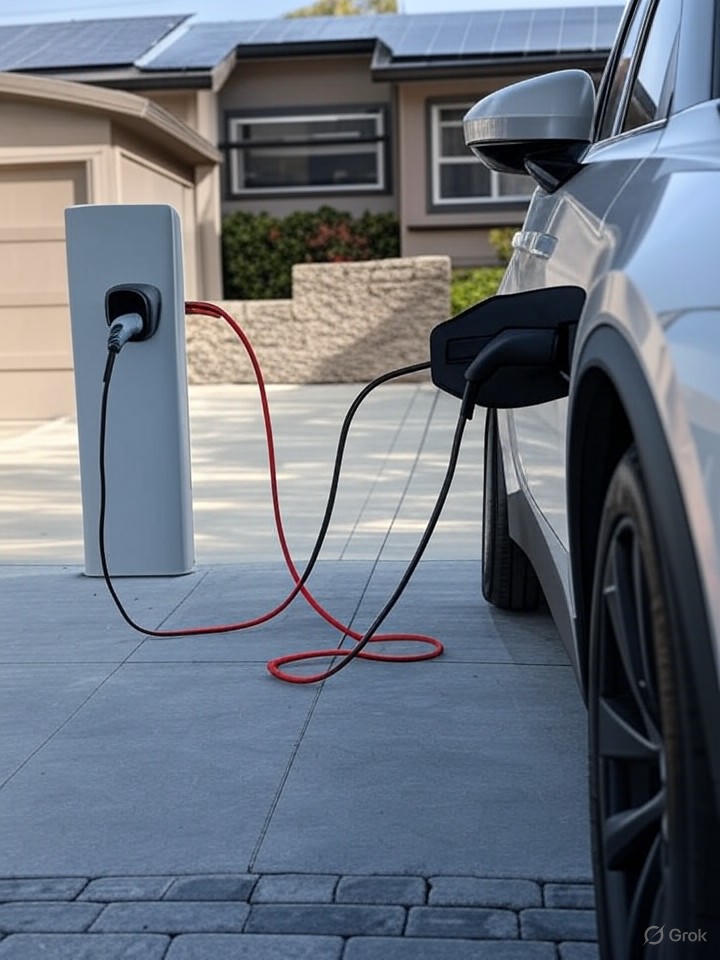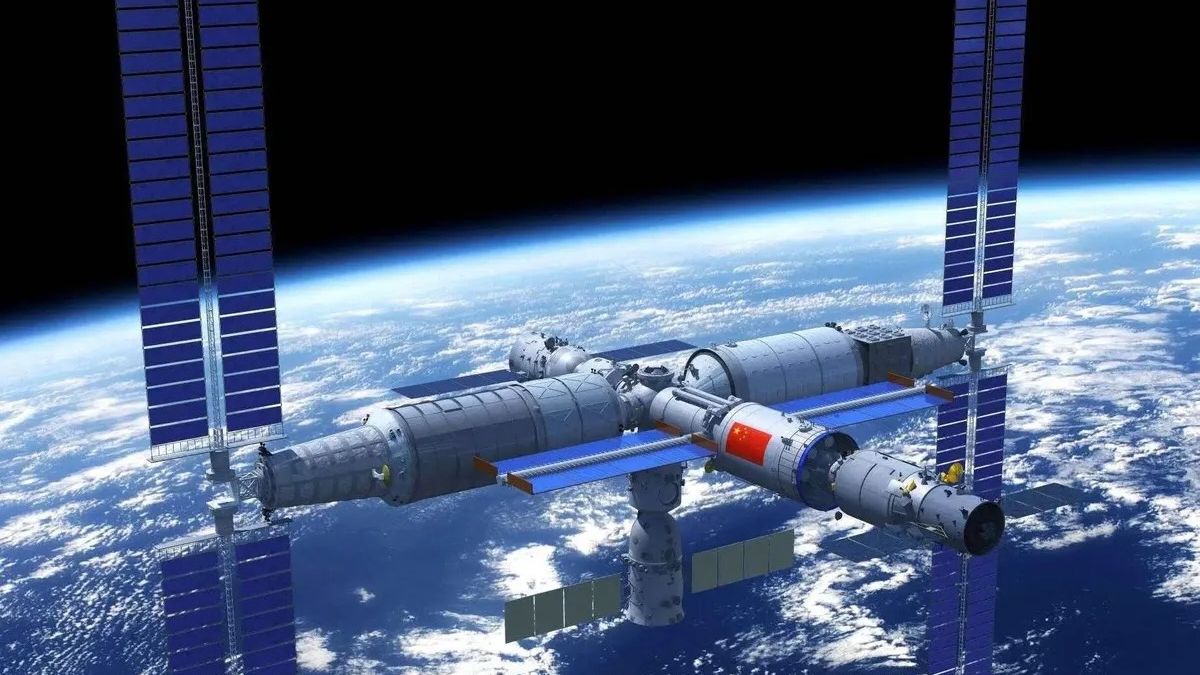Polestar has introduced a pioneering bidirectional charging feature for its Polestar 3 SUV in California, enabling owners to use their electric vehicles (EVs) as backup power sources for their homes. Announced on November 18, 2025, this vehicle-to-home (V2H) capability marks a significant shift in how EVs can support household energy needs, particularly in California, where power outages and grid instability are common challenges.
The Polestar 3 is equipped with a robust 111 kWh battery that can export energy back to the home, providing up to 10 kW of output. This capability allows users to maintain essential appliances during blackouts, a critical feature for residents facing frequent power disruptions. According to InsideEVs, the rollout of this feature is being facilitated through a partnership with home energy company dcbel, which is supplying the necessary bidirectional charger.
The Technology Behind Bidirectional Charging
At its core, the V2H technology converts the direct current (DC) stored in the EV’s battery into alternating current (AC) for household use. Polestar’s system requires a compatible wallbox from dcbel, priced around $5,000, plus installation costs. The setup is designed for automatic integration, switching to battery power seamlessly during outages. This is not Polestar’s first venture into advanced charging; the company has been exploring vehicle-to-grid (V2G) initiatives since 2022. Insights from Energy Matters have illustrated Polestar’s plans for next-generation vehicles, with the Polestar 3 now embodying this vision.
California’s energy challenges, including frequent strains from wildfires, heatwaves, and increasing demand, create a favorable environment for V2H adoption. Recent discussions on X by energy analysts highlight the state’s reliance on virtual power plants (VPPs), where distributed battery systems, such as Tesla’s Powerwalls, have been instrumental during peak demand periods. Polestar’s initiative aligns with this ecosystem, and as noted in a November 18, 2025, update from EVerything around EVs, the Polestar 3 has the potential to enhance grid stability, paving the way for future V2G capabilities.
Strategic Partnerships and Future Prospects
The collaboration with dcbel is crucial, as it provides the r16 Home Energy Station that manages the bidirectional power flow. Engadget reports that this system not only powers homes but also optimizes energy usage through solar integration and smart scheduling. Installation requires professional electricians to ensure compatibility with existing home electrical panels.
Polestar executives have acknowledged the limitations of earlier models like the Polestar 2, which lack this bidirectional capability, while emphasizing that newer models like the Polestar 3 are built with these features in mind. The competitive landscape includes offerings from Ford, with its F-150 Lightning, and GM’s Ultium-based EVs, both of which provide similar functionalities. Notably, Polestar’s American-made Polestar 3, produced in South Carolina, presents a domestic advantage. Tesla has indicated plans for V2H in its Cybertruck, but Polestar’s implementation is currently available to California owners.
Economic incentives also play a vital role in encouraging adoption. California’s Self-Generation Incentive Program (SGIP) offers rebates for energy storage systems, helping to alleviate costs for consumers. Polestar CEO Thomas Ingenlath has noted strong customer demand for sustainable technology, remarking, “Our customers are very adamant” about these features. By charging during off-peak hours and discharging during peak times, users could significantly reduce their energy bills. A 2023 article from Electrek detailed Polestar’s V2G trials in California and Sweden, indicating potential earnings from participating in grid services.
Looking ahead, challenges such as battery wear from frequent cycling persist, although Polestar asserts that smart management practices will mitigate these effects. Regulatory approvals will vary by state, with California being the first due to its progressive energy policies. Future expansions of V2H capabilities to additional models and states are planned, with fast-charging advancements complementing this technology.
Polestar’s move could pressure utilities to adapt their infrastructure in response to the growing presence of EVs as a form of distributed energy storage. Experts like Sawyer Merritt have noted the significant growth of VPPs in California, with Tesla contributing nearly 500 MW recently.
Consumer adoption is on the rise, with early users expressing satisfaction in having reliable backup power during outages. Following a 36% increase in sales in Q2 2023 as reported by InsideEVs, the addition of V2H capabilities could further enhance Polestar’s appeal. Industry analysts project widespread adoption of this technology by 2030, transforming EVs from merely vehicles into essential components of home energy systems.
Beyond convenience, V2H technology supports the integration of renewable energy sources, contributing to a reduction in reliance on fossil fuels. California’s ambitious clean energy goals make it an ideal testing ground for these innovations. Polestar’s commitment to sustainability, demonstrated through its various initiatives and charging guides, aligns with these objectives, presenting opportunities for lower overall carbon footprints in the long term.







